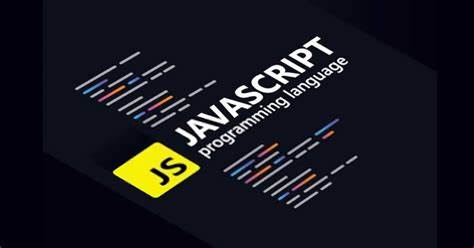Introduction
In the dynamic landscape of industrial automation, PLC programming is the key to unlocking unprecedented efficiency and precision in manufacturing processes. Programmable Logic Controllers (PLCs) have become the backbone of modern industrial operations, providing a robust platform to control and monitor various machinery and processes seamlessly. In this blog post, we delve into the intricacies of PLC programming, offering valuable insights that go beyond the conventional understanding.
Understanding PLC Programming
What is PLC Programming?
At its core, PLC programming involves creating and implementing logic for PLCs to control industrial processes automatically. These controllers are designed to endure harsh industrial environments, making them indispensable for sectors ranging from manufacturing to energy. Just like in the IT space developers would write programs for mobile phone applications of web applications, PLC programming is the equivalent to that but in the OT space for a specific need.
The Role of PLCs in Industrial Automation
Think of a PLC as the brain of a control system, the program inside the PLC makes logical decisions based of peripheral inputs and outputs just like the human brain would from sensory inputs and outputs. PLCs act as the central nervous system of automated systems, executing tasks based on pre-programmed logic. Their ability to process inputs, make decisions, and control outputs with precision makes them pivotal in streamlining operations and enhancing productivity.
PLC Programming Languages
Ladder Logic: The Bedrock of PLC Programming
Ladder Logic is the most widely used programming language in the PLC realm. Mimicking relay logic diagrams, it provides a visual representation that simplifies the understanding of complex control processes. This visual approach facilitates efficient troubleshooting and maintenance and is often much easier to understand amongst electrical engineers.
Structured Text: Unleashing Flexibility
For those seeking a more versatile approach, Structured Text offers a high-level programming language. Its resemblance to programming languages like C makes it easier for programmers to create intricate algorithms, providing flexibility in addressing complex control scenarios.
Best Practices for PLC Programming
Modular Programming: Enhancing Scalability
In the realm of PLC programming, modularization is a game-changer. Breaking down complex processes into manageable modules not only simplifies programming but also enhances scalability and maintainability. This approach allows for streamlined modifications and troubleshooting without disrupting the entire system.
Robust Error Handling: Ensuring Reliability
Reliability is paramount in industrial automation. Robust error handling mechanisms within PLC programs ensure that the system can gracefully recover from unexpected situations. Thoroughly testing and refining error-handling procedures is crucial to guarantee uninterrupted operations.
Advancements in PLC Technology
Industry 4.0 Integration: Smart Manufacturing
The advent of Industry 4.0 has ushered in a new era of smart manufacturing, and PLCs play a pivotal role in this paradigm shift. The integration of PLCs with IoT devices and cloud computing enables real-time data analysis, predictive maintenance, and unparalleled connectivity, paving the way for highly efficient and adaptive industrial systems.
AI and Machine Learning in PLC Programming
Embracing the power of Artificial Intelligence (AI) and Machine Learning (ML) in PLC programming opens up avenues for predictive analytics and self-optimizing systems. By leveraging these technologies, PLCs can adapt to changing conditions, optimize processes, and contribute to the continuous improvement of industrial operations.
Challenges and Solutions in PLC Programming
Cybersecurity Concerns: Safeguarding Industrial Systems
As PLCs become more interconnected, the need for robust cybersecurity measures intensifies. Implementing encryption protocols, regular software updates, and adopting a proactive approach to cybersecurity are imperative to safeguarding industrial systems from potential threats.
Skill Gap: Addressing the Need for Expertise
With the rapid evolution of PLC technology, addressing the skill gap is essential. Offering comprehensive training programs and certifications ensures that professionals are well-equipped to harness the full potential of PLCs, fostering innovation and efficiency in industrial automation.
Conclusion
In conclusion, PLC programming is not merely a technical requirement but a strategic imperative for industries navigating the complexities of modern automation. By understanding the intricacies of programming languages, adopting best practices, and embracing technological advancements, businesses can position themselves at the forefront of innovation, driving efficiency, and ensuring long-term success.


